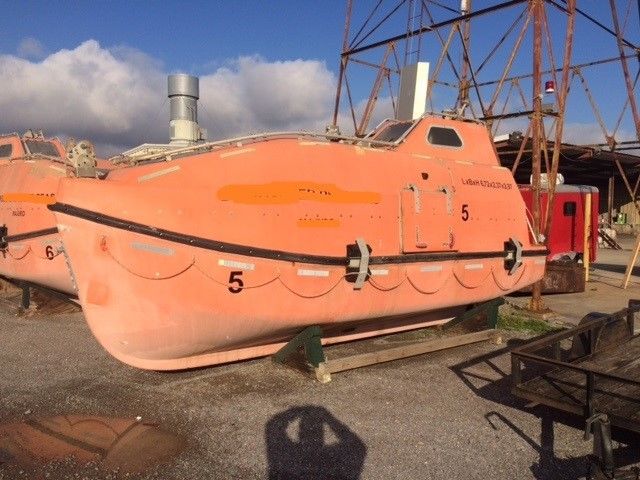


So what happened to the Tenby lifeboat house once the cameras stopped rolling? ‘Since the house was shown on TV, I have to walk around Tenby looking at the pavement,’ says Tim. Subsequently the initial nine-month build time for the Tenby lifeboat station conversion doubled to 18 months.Īt the flick of a switch, the bedroom’s glass wall turns opaque to provide privacy. Trying to fit straight steel and skirting boards into a warped Edwardian building was a challenge and a half. However, once all the materials had arrived, things became very slow. Not a bad thing necessarily – after all, there’s nothing like the immovable deadline of high tide to encourage speedy work. Most had to be transported across the sand and craned up the 40ft-high pier, which meant regular dashes between the tides. Next came the hard part: getting steel, glass and other heavy materials on site, with no road access – just a coastal path and the beach. ‘And as you know, money talks, and when it does, it usually tells the truth.’ ‘We can all be daft, but they wanted to make sure the daft person taking this on would have enough resources to see it through,’ says Tim.

It took Tim and Philomena seven years just to start building, which involved negotiations with the Crown Estate to buy the freehold for their strip of the beach (a first for the UK, to Tim’s knowledge), and then a competitive bid against others (including a café and a lobster hatchery) to prove they had the wherewithal to convert – and more importantly, maintain – the Grade II-listed building. The building is Grade-II listed, so the exterior cladding was replaced like for like.


 0 kommentar(er)
0 kommentar(er)
